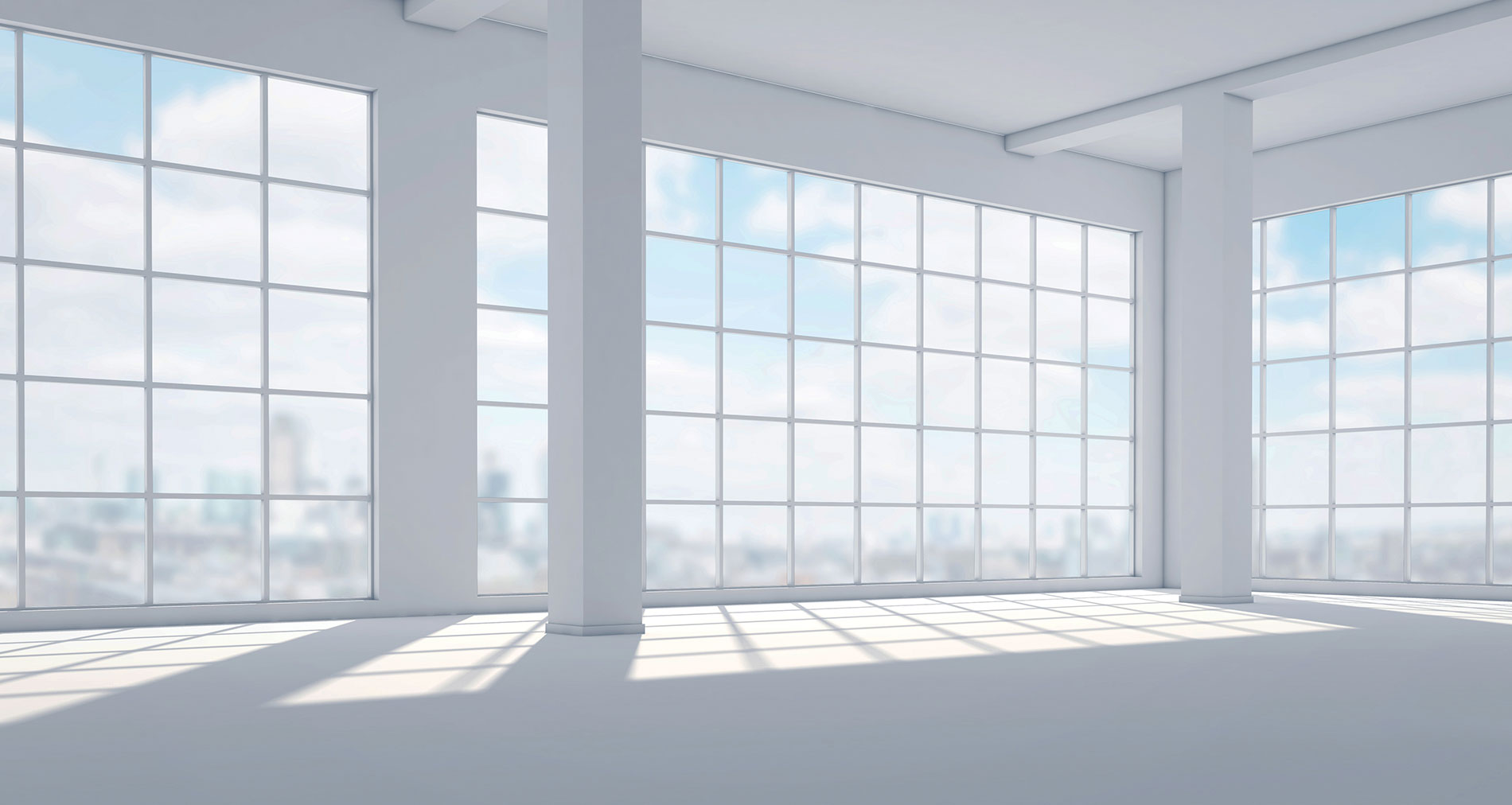Daylight Analysis in the Design Process
Access to daylight is a top concern for property developers. Find out how you can factor daylight analysis into your design process.
As you know, daylight has a huge effect on people’s well-being.
Unfortunately, access to it is compromised by urban development as it forces property developers to build higher buildings that are closer in proximity to each other.
This is a challenge that property developers have to overcome.
After all, the lack of access to daylight isn’t just a threat to the health of a building’s occupants. It can also be costly when it turns out that the property being developed failed to meet daylight regulations. Not only can they be fined but the entire project can be put to a halt.
To avoid this, property developers should conduct daylight analysis during the early stages of the design process.
In this article, you’ll learn more about what this kind of analysis is. Discover how it can help you meet daylight regulations and keep project costs down.
What Is Daylight Analysis?
This type of analysis uses daylight modelling to determine how much natural light will enter individual rooms. It can present organised visual data on how furniture, room dimensions, and window placement can affect the light that’ll filter in from the outside.
With daylight analysis, you can determine possible obstructions that surround the building. These include tall landscapes or high-rise buildings that can obstruct the natural light that’ll reach the inside of a room.
Through the influence of daylight analysis, the design team can maximise the ability of natural light to enter a room. They can manipulate the geometry of the room and the windows to work around immovable obstructions.
Benefits of Daylight Analysis
Daylight analysis provides a detailed description of the light distribution in a room. It also provides a measurement of the brightness or intensity of natural light coming in.
This information can be used by the designers to adjust the geometry and window placement in a room to maximise the natural light.
The data from the daylight model will allow you to compare different design options to see which one is able to provide sufficient daylight. It can also help designers determine the contract ratios and predict the areas where there’s potential glare. This will result in a balanced distribution of light in any given space.
Since daylight analysis determines whether there’s enough natural light in a building or not, it can also reduce the dependency on artificial lights. This means energy costs and emissions can go down during the day.
When you have your daylight analysis approved, you can use it as proof of your development’s compliance with the City Council’s guidelines. It can increase your chances of getting approval. Not only that, but you can also use it as a trade-off if your property design has controversial elements that may not gain approval of the Council, like height or density features.
As mentioned earlier, if you don’t conduct daylight analysis, you’ll fail to take the surrounding environment into consideration during the design process. It could cause problems, particularly towards the end of the property development.
So, when engineers come in for inspection, they might find that the building failed the regulations when it comes to daylight requirements. This can cost you a lot of money to correct because, by that time, the building is already done or nearing completion.
Remember, your building won’t be approved unless it can provide adequate natural light. That’s a must for the well-being of building occupants.

Conducting a Daylight Analysis
To ensure that the design adheres to the daylight regulations, property developers are advised to conduct daylight analysis before the actual development commences. And this can be done while the Town Planning approval is still underway.
You can use daylight modelling technology to test the model of your design to predict how it fares in various environments and at different times of the day.
This technology uses actual meteorological data including full sunlight, stormy weather, overcast skies, etc. It allows designers to consider who will be using the property that’s being designed, as well as the infrastructure of the building, during the design process. It also factors in various aspects, such as the specific location where the property will be built, the height of the building, the typical climate data, etc.
Once that’s done, you can discuss with the property designer how to make the building thermally comfortable. You can also talk about how natural sunlight can help minimise energy consumption to remove some of the heating from the HVAC (Heating, Ventilation, and Air Conditioning) systems.
It’s important to ensure you’re aware of the specific regulations in the local community. That’s because there are areas wherein the daylight analysis is required as a separate document. Usually, this is used to support the Sustainability Management Plan.
Essential Daylight Analysis Criteria
Take note of the essential criteria that’ll help you pass a daylight analysis. Your knowledge of these terms will allow you to interpret the data from the model with accuracy.
- UDI (Useful Data Illumination) refers to the annual episodes of illumination across the areas that will be used by the occupants.
- DA (Daylight Autonomy) refers to the period of time wherein a space can expect a certain illumination level.
- Luminance refers to the intensity of light that the human eye can receive.
The UDI and DA are the main daylight modelling criteria to assess the natural light entering a room.
Let the Daylight In
To ensure a smooth development of any property, make sure that you conduct a thorough daylight analysis during the design stage.
It’ll increase the chances of your project meeting regulations involving daylight. Daylight analysis can also keep you away from costly problems involving the Council’s approval towards the end of the property development process.
You can kickstart your daylight analysis by using Archistar’s Property Analysis engine. It has a feature that allows you to do a quick Sunlight Analysis that’ll help you assess the sunlight exposure, ground shadows, and building separation in your project.
With the help of Archistar, you can avoid horror stories like realising that your building has an insufficient level of natural light during the expensive, late-stage analysis.
Find out more about Archistar and how it can help the property development process go as smoothly as possible.
Get started for free: [https://www.archistar.ai/]

